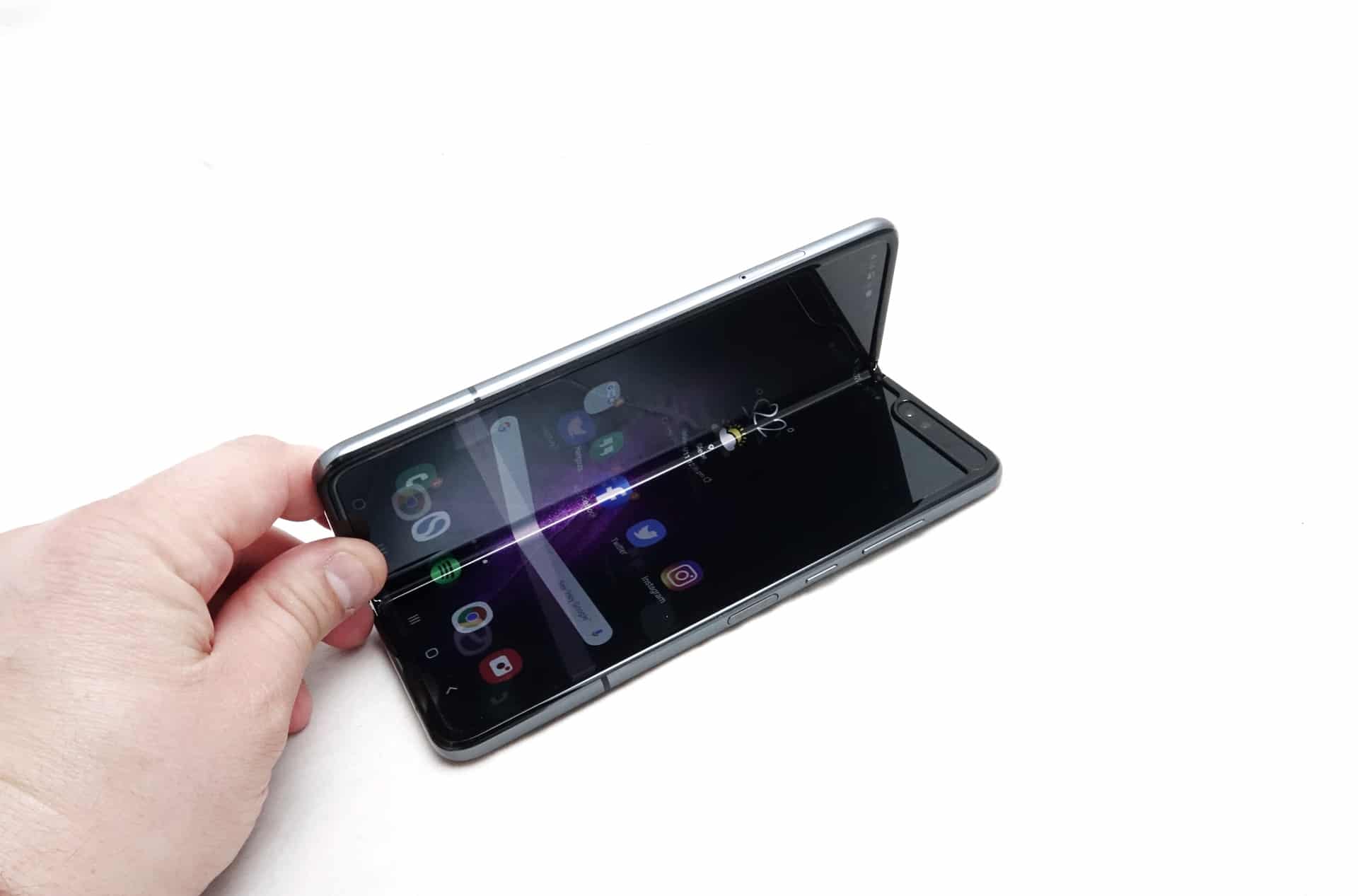This week on The Wrap, we’ll explore 5G, augmented reality, and how the computer is becoming more mobile than ever with foldables and the iPad, all in five minutes.
Subscribe to The Wrap at Apple Podcasts…Transcript
For the week ending November 8, this is The Wrap, Australia’s fastest technology roundup, and it’s not hard to see technology is changing our world. We take our lives with us in our phones, and they do more than ever. It seems like every year, they take over another aspect of our lives.
Why bring a camera around when your phone can do it? The same goes for your music, because all those CDs you once bought can now be found in the cloud. You might not even read books on pages, using a phone, a tablet, or a Kindle.
Phones are changing how we interact with the world, and the technology in our phones is a major part of that. In fact some of the upcoming technologies poised to make everything just that much more mobile saw news this week.
One of them is from Optus, which joined Telstra on the 5G bandwagon. For those who don’t know, 5G is the next generation of mobile technologies, essentially providing faster speeds at different frequencies across the world. In Australia, 5G is capable of hitting faster speeds than 4G, but it will take some time. In America, 5G is actually more like what Australians get in 4G. It’s one of those times where Aussies can consider themselves a little lucky.
And depending on where in Australia you are, you just might be able to get 5G if you’re an Optus customer, be it on mobile or even with broadband at home. There are some interesting catches, such as how 5G mobile broadband will offer speeds from 50 megabits to as high as 400, but that 50 is the only guaranteed speed, and these can and will change.
Optus 5G may also have a few issues inside buildings, but 5G on the whole doesn’t seem to be as strong for reception regardless of whether you use Telstra or Optus. Back when we tested it earlier in the year, we found 5G connections could work, but they could also just as easily fail miserably, appearing connected by doing nothing.
Long story short, 5G still has a way to go, and that could give Australia’s other major telco, Vodafone, enough time to get it right before it launches.
There’s also excitement in augmented reality, with Adobe launching its Aero AR tool to help creators bring digital artworks to the real world, while Minecraft launched its own augmented reality game Minecraft Earth.
If you don’t know, augmented reality uses your phone or tablet’s camera to throw digital elements over the top, positioning them in space. It’s like being able to connect the real world and the digital world, meeting at your phone.
Both Adobe Aero and Minecraft Earth are available in Australia, and while geared at different audiences, they both aim to make AR more accessible.
And they’re not the only things.
Adobe launched an iPad version of its famed Photoshop tool built to do just that, giving designers a tool on the go, with Illustrator next. Meanwhile, Australia’s Canva launched an updated take on the Powerpoint presentation built kill off death by Powerpoint, because we’ve all been there.
And Canon has a new camera with a special infrared filter made to let you see the stars just that much more accurately. The Canon EOS Ra isn’t for everyone, but if you love photographing the night sky, it should do a better job than other cameras.
But if your main love is using your tablet, you might want to check out Samsung’s take on the future, the Galaxy Fold.
Now 2019 was supposed to be the year of the foldables, but it didn’t really happen. We got one. We might get another by the year’s end, but you’re mostly looking at the Samsung Fold, because that’s the one everyone’s watching, and it is something else.
Designed to make it possible to take your tablet to go, the Galaxy Fold is an intriguing blend of phone and tablet, because it’s both a 4.6 inch phone and a 7.6 inch tablet. Folded closed, it’s the phone, but open it up, and the foldable screen reveals a tablet, and one with a rough 24 hour battery life.
Overall, Samsung’s Galaxy Fold is really interesting. It’s also thick and heavy, measuring 17 mills thick and weighing near 300 grams. It’s not small or light, but it is cool, all the same.
But the camera is showing its age already and needs work, and the $3000 price tag throws it out of reach for nearly everyone. Add in the fact that there’s no real protection on offer and the hinge is only rated for around 200,000 opens, and you have to wonder just how long this thing will last.
Basically, the Galaxy Fold is a phone for people who have to live at the forefront of everything, like right now, but everyone else should probably wait. It’s a surprisingly good first-gen product, but this is the first foldable, and it won’t be the last.
Frankly, we’re half expecting to see one more announced by the end of the year, and we imagine Mobile World Congress will be filled with them, but that’s late February thing.
For now, you’ve been listening to The Wrap, Australia’s fastest technology roundup. You can find a new episode every Friday at Podcast One, Spotify, and Apple Podcasts, and there’s more of this show at TheWrap.com.au
Until then have a great week. We’ll see you next time on The Wrap. Take care.





